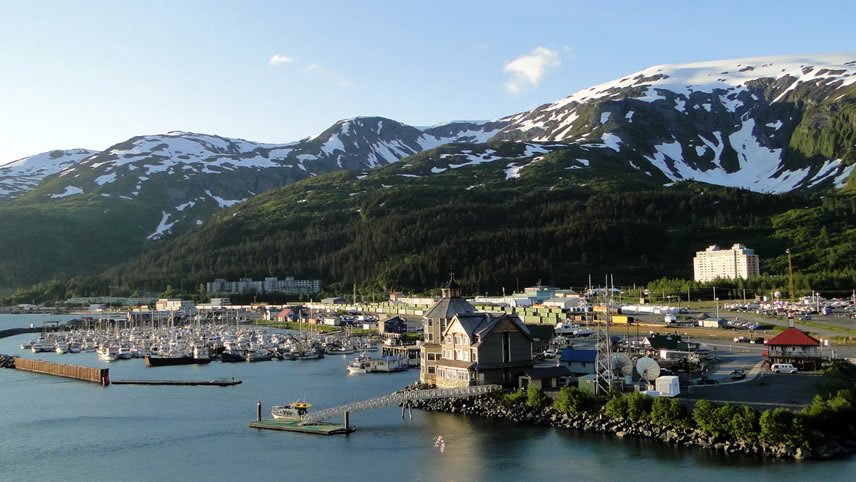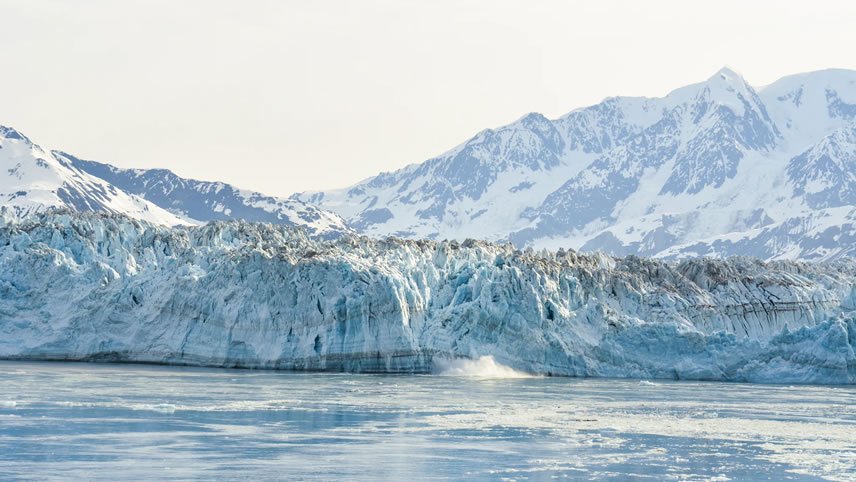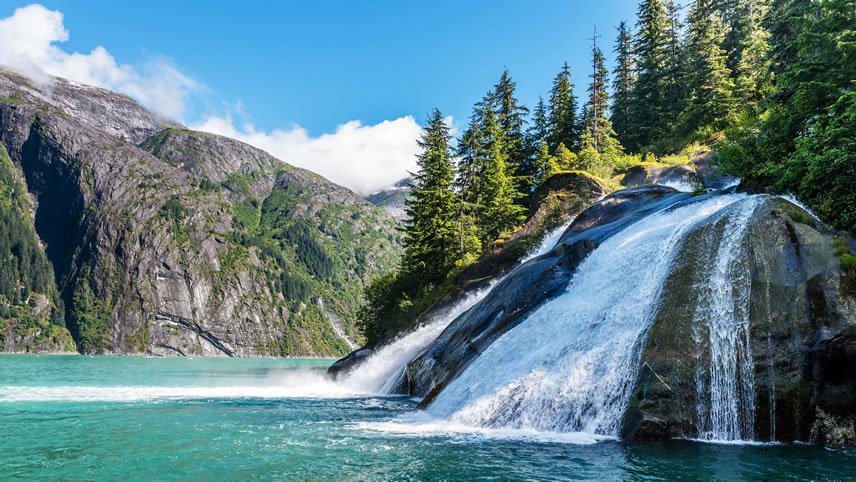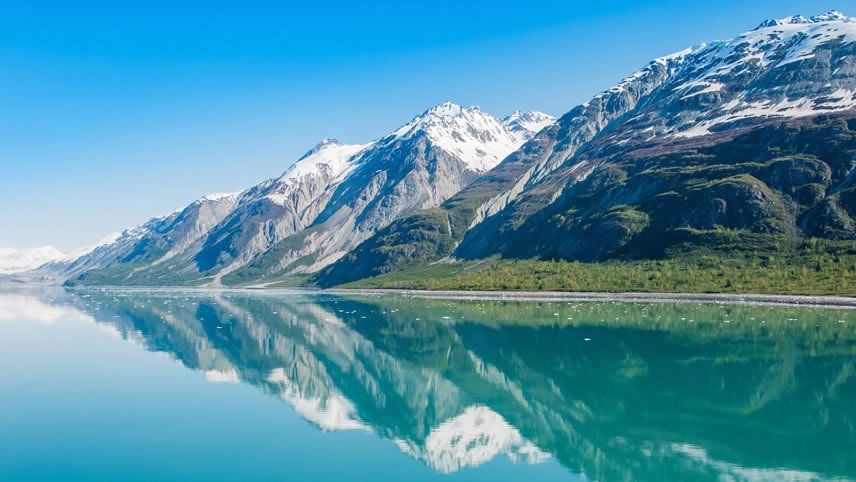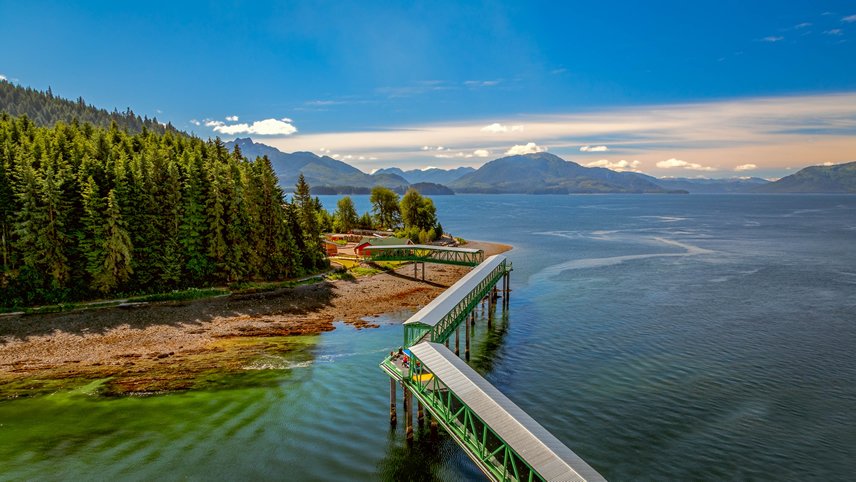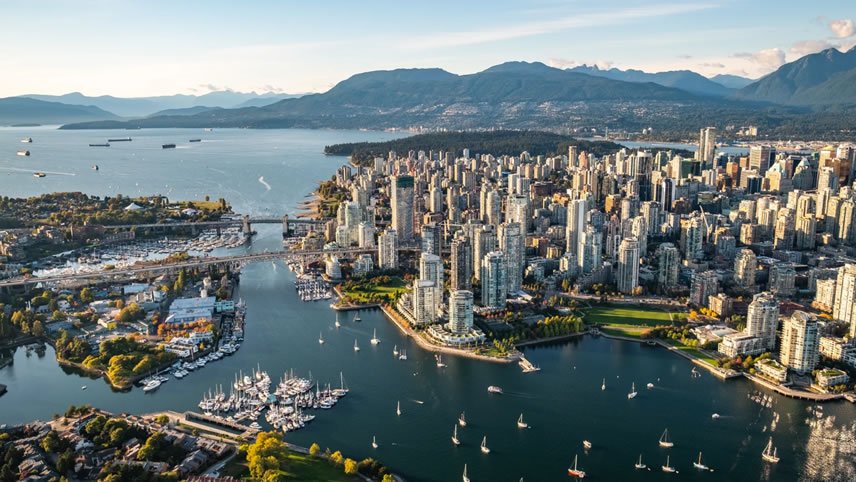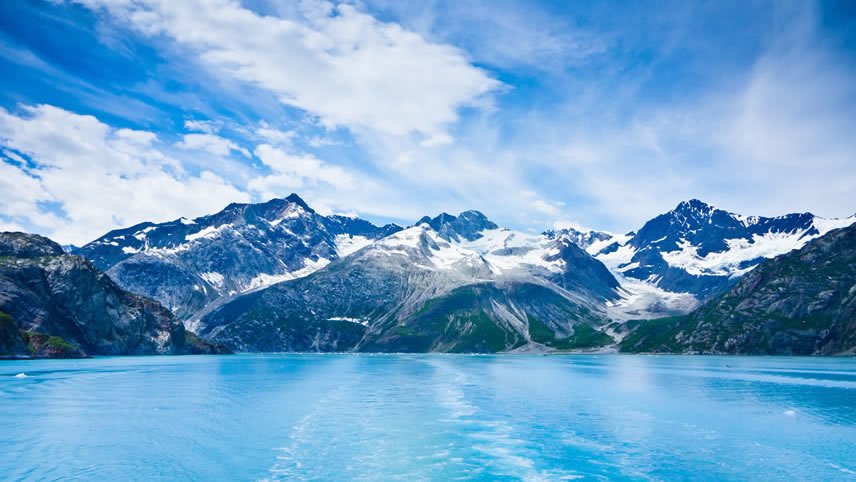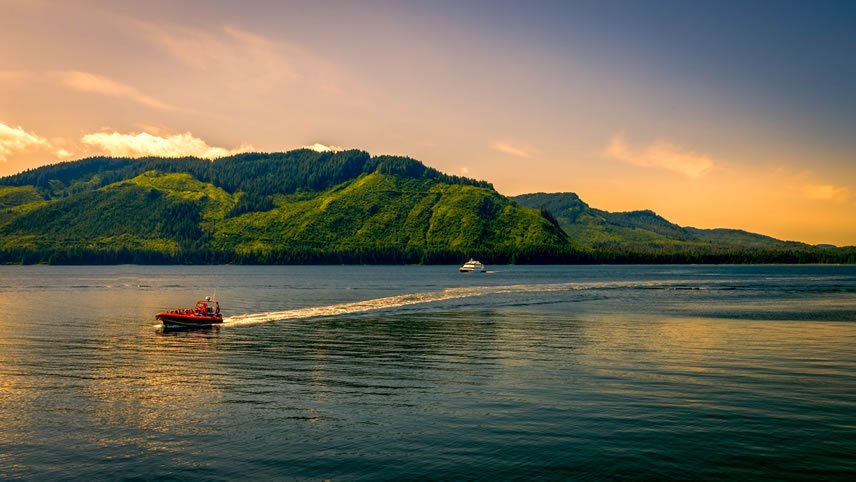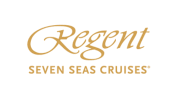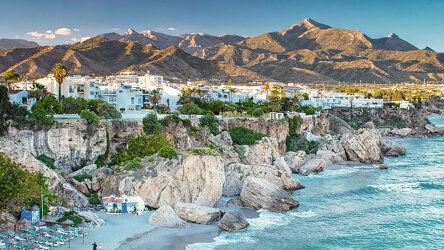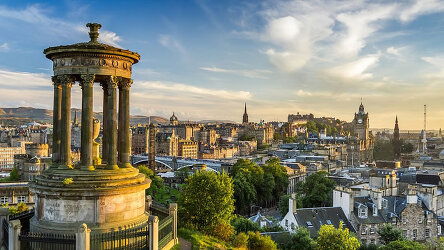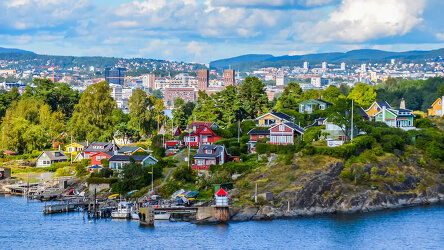Overview
Cruise Itinerary
Anchorage, Alaska’s largest city, offers a captivating mix of natural beauty and urban appeal. Nestled between the Chugach Mountains and Cook Inlet, Anchorage provides stunning vistas and abundant wildlife. Start your day with a visit to the Anchorage Museum, which showcases Alaskan history, art, and culture. A stroll through the Tony Knowles Coastal Trail offers breathtaking views of the coastline and a chance to spot moose or even beluga whales.
For a taste of local cuisine, head to the bustling Anchorage Market & Festival, where you can sample fresh seafood and unique Alaskan treats. Don't miss the Alaska Native Heritage Center to learn about indigenous cultures through exhibits and performances. Anchorage’s vibrant downtown offers eclectic shops, cozy cafes, and opportunities to explore Alaskan craftsmanship.
Whittier is 60 miles (about an hours drive) south of Anchorage, and is one of the Anchorage area's two major cruise ports. The trip south traverses the spectacular Turnagain Arm fiord and Portage Valley, passing the resort town of Girdwood along the way.
There are many small turnouts along the way that are photo-perfect. The small community of Girdwood is a great spot to take a quick hike or a ride up the aerial tram. Whittier itself offers fishing, and wildlife and glacier day cruises on top of being a major port of call for cruise passengers.
Off the coast of Yakutat - 200 miles North West of Juneau - Hubbard is certainly gigantic: it's more than 9km/6mi wide where it meets the ocean. The face is over 100m/350ft tall, and icebergs 3 to 4 stories in height aren’t uncommon.
Granted, most of that ice is below water, but the ice can be so thick that cruise ships can’t get too close. In the right conditions, however, your ship might be able to get within 1km/0.5mi of the face. The strong currents and riptides that flow between Gilbert Point and the face of the glacier cause calving to occur on a daily basis, sending massive chunks of ice crashing into Disenchantment Bay.
But don't be fooled, Hubbard Glacier stands strong and is advancing so fast its earned the title "The Galloping Glacier".
Venture 'where the north wind doesn’t blow' and discover Icy Strait Point. This uniquely Alaskan port is one of the few places in the world where wildlife outnumbers the human population. Pine trees as tall as skyscrapers, humpback whales, eagles, wild salmon, black bears and more form the harmonious tapestry of life in this Alaskan hinterland. Ships will dock at this port.
Top Things to Do in Icy Strait Point:
- brave the world’s longest zipline, ZipRider
- go whale watching
- visit the Alaskan native village, Hoonah
- hike, bike or kayak through the wilderness
Tracy Arm Fjord, nestled in Alaska's wilderness, offers a serene escape into nature, where glaciers and granite cliffs dominate the landscape. This fjord presents a quiet spectacle of ice and rock, inviting travelers to witness the calm yet powerful beauty of the natural world. Here, visitors can observe the subtle drama of icebergs calving and wildlife, such as eagles and seals, in their natural habitat, against a backdrop of waterfalls and icy waters.
Cruising through Tracy Arm Fjord provides an opportunity to explore Alaska's less-trodden paths, where the majesty of untouched landscapes unfolds with each turn. The journey through this fjord is an immersive experience, offering a glimpse into the tranquil yet dynamic environment that shapes Alaska's wilderness.
Klawock, located on Prince of Wales Island in Alaska, is a town rich in Native Alaskan heritage and natural beauty. Known for its impressive totem poles, Klawock Totem Park features 21 replicas of historic poles that tell the stories and legends of the Tlingit people.
The town is also a gateway to outdoor adventures, with opportunities for fishing, hiking, and wildlife viewing. The surrounding waters are teeming with salmon and halibut, making it a popular spot for anglers. Additionally, the lush forests and scenic trails offer excellent hiking experiences, allowing visitors to enjoy the pristine Alaskan wilderness. With its blend of cultural heritage and natural attractions, Klawock provides a unique and enriching experience.
Alaska's Inside Passage offers breathtaking views of glaciers, fjords, and abundant wildlife , making it one of the most scenic cruises in the world and one of the few locations where deep-draft ships can sail close to steep mountain walls. Stretching from Puget Sound in Washington to the Alaskan Panhandle, this coastal route provides stunning natural scenery. Expect to see orcas, humpback whales, and sea lions from the deck, while eagles soar overhead.
Massive tidewater glaciers, forest-clad islands, ice-carved fjords, and charming coastal towns such as Juneau, Ketchikan, Haines and Skagway await you here. On small ship cruises, you’ll visit even more intimate ports of call. Glacier Bay National Park and Hubbard Glacier are highlights.
Victoria, capital of British Columbia, sits on the southern end of Vancouver Island, framed by an attractive harbour and surrounded by grand buildings.
With abundant parkland, it’s known for outdoor activities. The city's British colonial past shows in its Victorian architecture, including stately Craigdarroch Castle mansion. Butchart Gardens, with 55 acres of vivid floral displays, plus statuary, water features and a carousel, is one of many formal gardens in the city.
Vancouver is the ideal home port to begin or end an Alaskan adventure. Blessed with stunning vistas and exciting activities, Vancouver offers the perfect blend of urban and natural experiences. Vancouver is a must for any cruise itinerary, and because it's a compact, walkable city right on the edge of nature, adding on just a couple of extra days to explore will give you an authentic taste of what makes this place so attractive to visitors.
Located in the heart of Vancouver’s waterfront, 'Canada Place' (cruise terminal) can service up to three luxury cruise ships at any given time.
Life Onboard Seven Seas Explorer
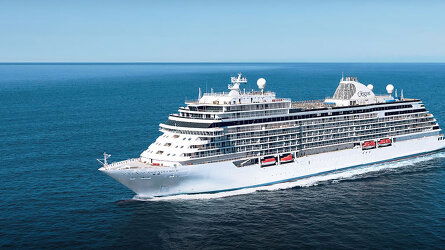
Enjoy personalised service with a high crew to passenger ratio and luxurious all balcony suite accommodation. Read more

Immersive experiences await with a collection of over 2,000 shore excursions offered complimentary to guests. Read more

Join an exclusive Gourmet Explorer Tour on shore or test your skills in the Culinary Arts Kitchen on board. Read more
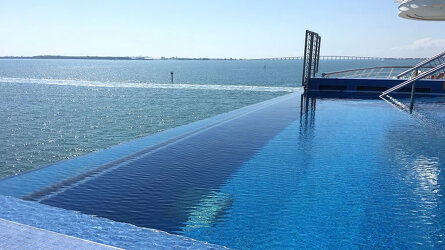
Connect seamlessly with the sea from this tranquil haven where the horizon unfolds and relaxation awaits. Read more

Enjoy a collection of thermal chambers to enhance your relaxation before or after spa treatments. Read more
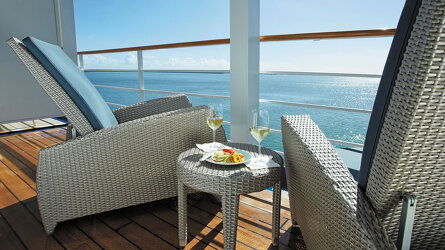
With all balcony suites and 24 hour room service, dining al fresco is available to all guests, all the time. Read more

Availability Click on prices below to view cabin upgrades and details
Tour & cruises prices are per person. Prices shown have savings applied, are subject to availability and may be withdrawn at any time without notice. Pricing and trip details are correct at this point in time, however are subject to confirmation at the time of booking and are subject to change by Regent Seven Seas. For cruise itineraries, cabin images are sourced from Regent Seven Seas. These should be treated as indicative only. Cabin inclusions, upholsteries and room layout may differ to the image(s) shown depending on the ship selected and your sailing dates.
